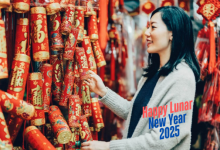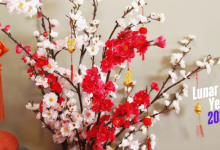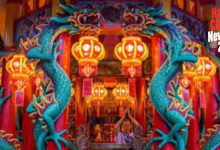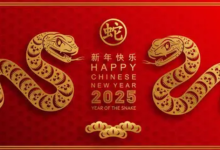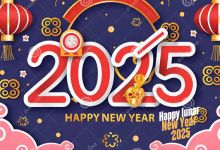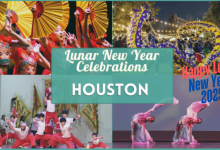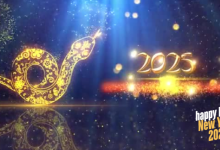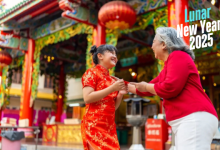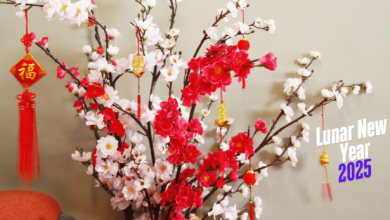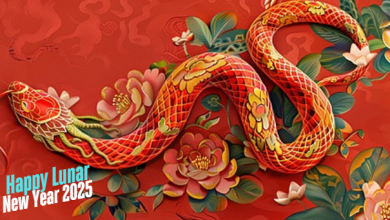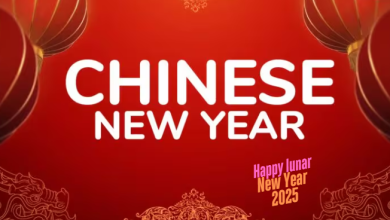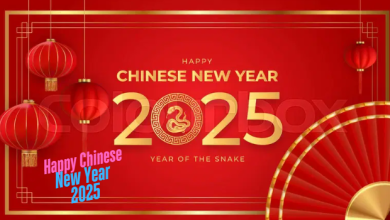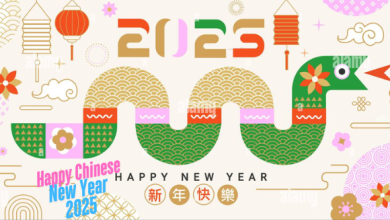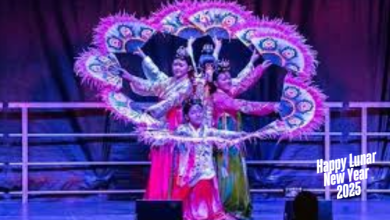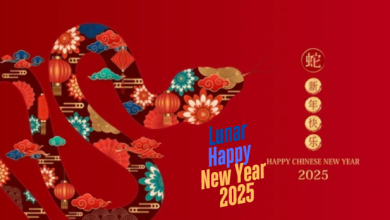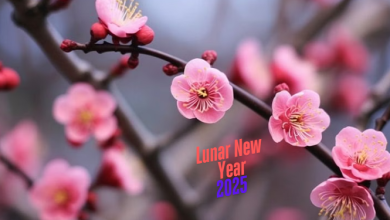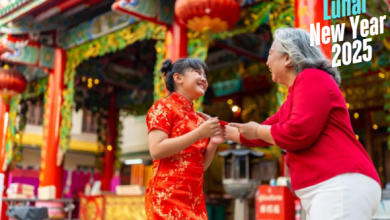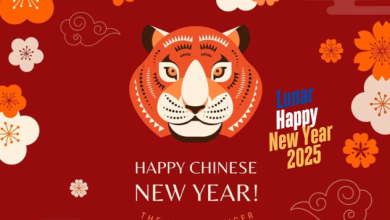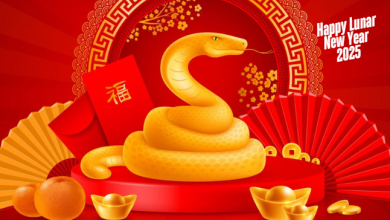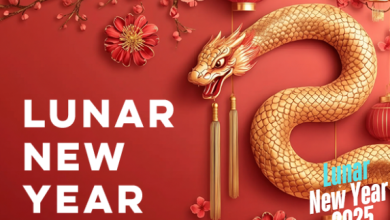Lunar New Year History 2025
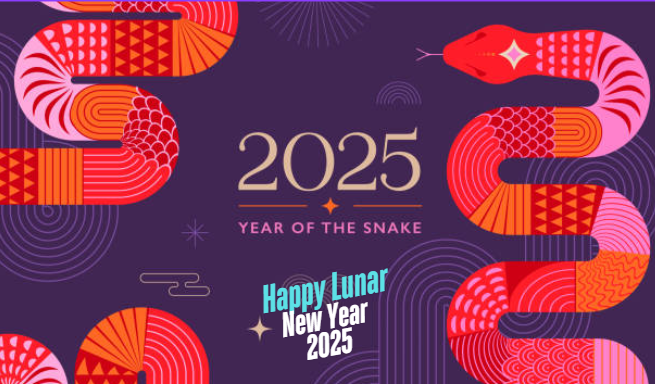
The Lunar New Year, also known as the Spring Festival in China, is one of the most celebrated and oldest holidays in the world. Rooted in centuries of tradition, mythology, and culture, this annual event marks the beginning of a new lunar calendar cycle. As we prepare to celebrate the Year of the Snake in 2025, let’s delve into the rich history and significance of this cherished festival.
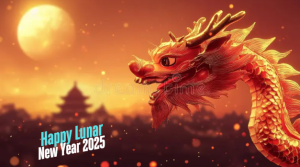
The Origins of Lunar New Year
The origins of the Lunar New Year date back over 4,000 years to ancient China during the Shang Dynasty (1600–1046 BCE). Initially, it was a time for agrarian communities to give thanks for a bountiful harvest and pray for good fortune in the coming year. Early celebrations involved rituals to honor ancestors and deities, as well as offerings to ward off evil spirits.
One of the most well-known legends associated with Lunar New Year involves Nian, a mythical beast. According to folklore, Nian would terrorize villages on the eve of the new year, devouring crops, livestock, and even people. Villagers discovered that Nian feared loud noises, fire, and the color red. To protect themselves, they lit firecrackers, displayed red decorations, and banged drums—practices that remain central to modern celebrations.
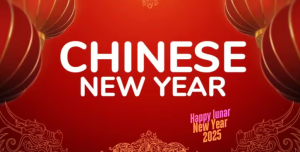
The Evolution of Lunar New Year Traditions
Over the centuries, the Lunar New Year evolved from its humble agrarian roots into a major cultural and social event. By the Han Dynasty (206 BCE–220 CE), many of the customs we recognize today—such as honoring ancestors, family feasts, and festive decorations—were already established.
During the Tang Dynasty (618–907 CE), the festival became more elaborate, with the introduction of dragon and lion dances, lantern displays, and public celebrations. The Song Dynasty (960–1279 CE) further expanded its scope, incorporating firecrackers and markets as key elements. By the Qing Dynasty (1644–1912 CE), Lunar New Year had become a nationwide celebration, uniting families across China and spreading to neighboring countries like Vietnam, Korea, and Japan.
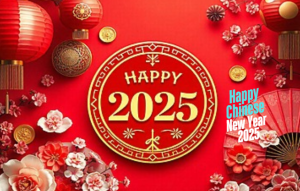
The Significance of the Zodiac
A unique aspect of the Lunar New Year is the Chinese zodiac, a 12-year cycle of animals that assigns a specific animal to each year. These animals—rat, ox, tiger, rabbit, dragon, snake, horse, goat, monkey, rooster, dog, and pig—are believed to influence the personality traits and fortunes of those born in their respective years.
2025 marks the Year of the Snake, symbolizing wisdom, intuition, and transformation. The snake’s characteristics often inspire themes for the year’s festivities, including decorations, performances, and even greetings.
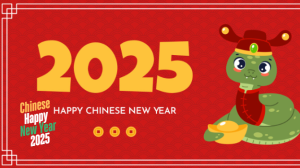
How Lunar New Year Is Celebrated Today
While the essence of the Lunar New Year remains rooted in tradition, modern celebrations reflect the diverse cultures that observe the festival. Here are some common customs:
- Reunion Dinner:
- Families gather on New Year’s Eve for a lavish feast, often featuring dishes that symbolize prosperity and longevity, such as dumplings, fish, and noodles.
- Red Envelopes (Hongbao):
- Elders gift red envelopes filled with money to children and unmarried adults as a gesture of good luck.
- Firecrackers and Fireworks:
- The sound and spectacle of firecrackers are believed to drive away evil spirits and usher in good fortune.
- Spring Cleaning and Decorations:
- Homes are cleaned before the new year to sweep away bad luck. Red decorations, such as couplets and paper cuttings, adorn doors and windows to invite prosperity.
- Cultural Performances:
- Dragon and lion dances, as well as traditional music and theatrical performances, add a festive atmosphere to the celebrations.
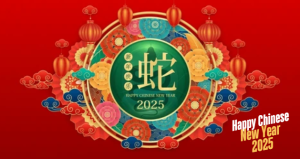
Lunar New Year Beyond China
The Lunar New Year is celebrated in many countries across Asia, each adding its unique flavor to the festival:
- Vietnam: Known as Tết, the celebration includes offerings to ancestors and the preparation of traditional foods like bánh chưng (sticky rice cake).
- Korea: Seollal is marked by family reunions, traditional clothing (hanbok), and games like yutnori.
- Singapore and Malaysia: Public events such as parades, street markets, and Chingay processions draw large crowds.
- The Global Chinese Diaspora: Communities worldwide celebrate with cultural festivals, parades, and family gatherings.
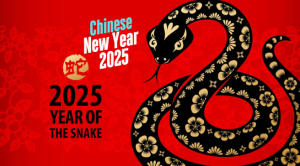
Lunar New Year in the Modern Era
In the 21st century, technology has transformed how people celebrate Lunar New Year. Video calls allow families separated by distance to share the joy of reunion dinners, while social media enables the exchange of greetings and red envelopes digitally. Online shopping platforms see a surge in demand for festive goods, and major cities light up with spectacular displays and events.
Even Google joins in the celebration with its annual Lunar New Year Doodle, which highlights cultural elements and traditions.
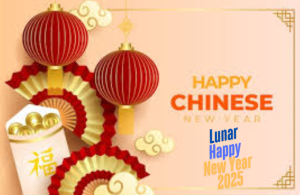
Looking Ahead to 2025
The 2025 Lunar New Year promises to be a vibrant celebration, blending ancient traditions with contemporary innovations. As communities worldwide honor the Year of the Snake, they will reflect on the values of family, wisdom, and renewal that the festival embodies.
Whether you’re attending a lion dance performance, savoring a reunion dinner, or simply learning about the festival’s history, the Lunar New Year offers a chance to connect with a rich cultural heritage and embrace the promise of a new beginning.
The history of the Lunar New Year is a testament to the enduring power of tradition and community. From its ancient origins to its global significance today, the festival continues to inspire joy, unity, and hope. As we celebrate in 2025, let’s honor the past, cherish the present, and look forward to the future with optimism. Happy Lunar New Year!
